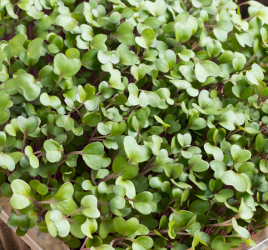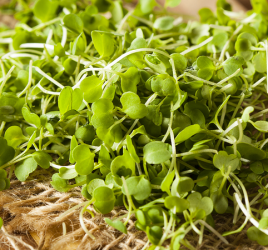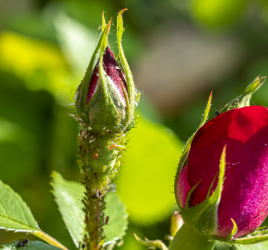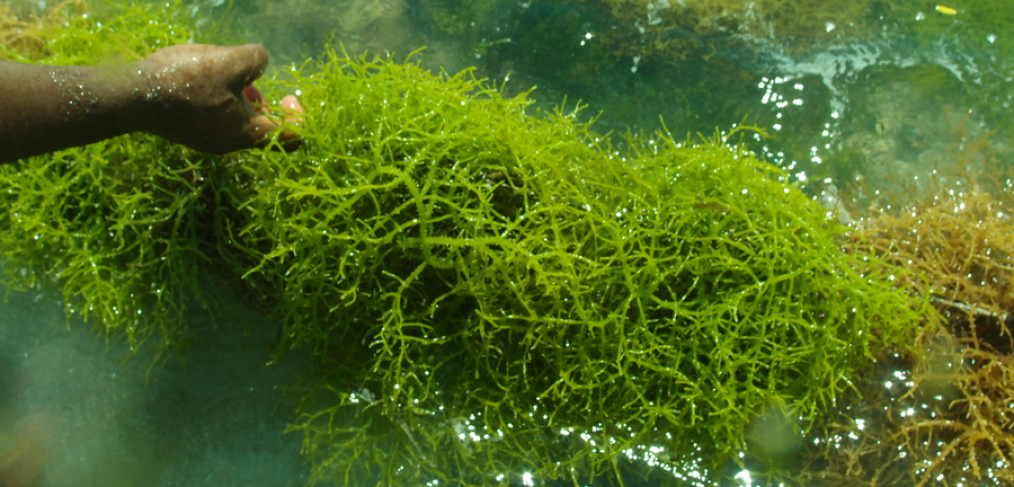
Carrageenan Food Additive: What You Need to Know
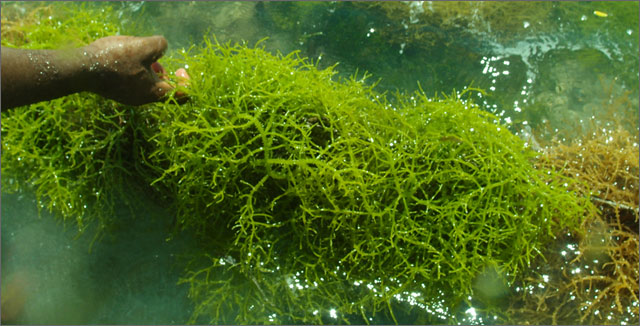
The first time I ever heard of carrageenan was when I was embarking on the Whole 30 for the first time. This is a diet – or more like a 30-day food challenge – designed to radically change your relationship to food and bring you back to a healthier place, physically.
It has become common to see pictures of people’s food on social media with a hashtag label for what Whole 30 day they are on as a mark of accomplishment. The challenge can get intense. You are not allowed to eat any grains, sugars or dairy.
In addition, just when you think you can eat things that approximate what you are used to – almond milk in place of regular milk, perhaps – there’s a list of common food additives to avoid as well.
I spent most of my shopping trips in the produce aisle and most of my time at home chopping.
Whole 30 Banned Additives
Carrageenan was on that list of Whole 30 banned additives. I had no idea what carrageenan was. However, I did notice it was in a lot of packaged foods. For example, almond milk, for instance.
It’s also in some brands of:
- ice cream
- cottage cheese
- yogurt
- frozen dinners
- organic juice
- frozen pizza
- deli meat
- canned soups
- packaged sauces and dips
- baby formula
- Nutritional shakes – to name a few.
And guess what it is: seaweed. It is red seaweed to be exact.
Actually, it is a substance found in the red seaweed that gets released when the seaweed is boiled. At least, that is how carrageenan was extracted by Irish and Britain coastal dwellers when they discovered the properties of this red seaweed – called Irish moss – two centuries ago. It was used to thicken soup broths and milk for pudding.
Starting in the 1940s, carrageenan became a more widely used thickening and anti-separation agent due to the second World War and the shortage of agar it produced. Agar was a Japanese processed substance similar to carrageenan but less versatile.
Carrageenan and the Seaweed Farming Industry
Now, carrageenan is used widely. In fact, the seaweed farming industry has spread to many parts of the globe and is a source of income for many low-income households.
It can benefit women, in particular, as many of the seaweed farmers live right off the shores of where the plants are farmed. Additionally, they can manage their business without leaving the duties of their homes.
Seaweed farming is a viable alternative to fishing for workers in developing countries and is more sustainable than fishing. Seaweed farming is also extremely environmentally friendly. It requires no fresh water, no pesticides, no fertilizers, and does not use farmland. The seaweed itself absorbs and neutralizes greenhouse gases.
So far, so good.
Why Carrageenan is Likely to be Banned from Organic Foods
So why is it banned from the Whole 30 diet? And why is it likely to be banned from organic foods in the next two years?
The answer to that could be different, depending on your attitude toward administrations like the FDA or your experience with food sensitivities and allergies. That is why some people are saying carrageenan is not healthy and why activist groups have been lobbying.
The reason why National Organic Standards Board is trying to get it banned from organically produced foods: inflammation. More particularly, the kind of inflammation that could lead to cancer.
To be clear: The U.S. Food and Drug Administration, as well as the European Commission and the World Health Organization, maintain that carrageenan is safe.
It is used in baby formula – even baby formula made for special medical purposes. Baby formula is one of the most highly regulated foods on the market. Thus, for these organizations to feel that it is safe in formula means that they really feel it is safe for anyone.
In addition, it is not a highly processed food. The method for producing carrageenan is much the same as it once was. The seaweed gets boiled in a non-acidic broth and then filtered and milled into a fine powder. That’s it.
Handful of Studies About Carrageenan
But activists and people who have nothing to do with the food industry are starting to be more concerned about what goes into their bodies. There are a handful of studies out there calling into question how safe carrageenan is for the digestive tract.
The studies suggest that carrageenan may – in the presence of acid – turn into something called poligeenan. Poligeenan is a polymer created using a harsh acid process on carrageenan and is used in medical imaging. It is not approved for use in food and has been classified as a known carcinogen for several decades.
In medical literature in the past, poligeenan was also called “degraded carrageenan.”
Can carrageenan degrade into poligeenan in a normal digestive environment?
Some say yes, some say no. One study purported to get results that would suggest carrageenan isn’t stable in the acidic environment of the stomach. Other scientists say they weren’t able to reproduce the effect.
Then there are the hundreds of people reporting that some of their health problems went away when they eliminated carrageenan from their diets – everything from migraines to intestinal problems. And herein lays the problem:
The Problem
For the average consumer, life can become very difficult when you are trying to eliminate certain foods from your diet – never mind food additives. For various legal reasons in this country, some food additives don’t even have to be labeled clearly on our packaged foods.
If a food like carrageenan is causing health problems for people, but it’s technically organic (meaning, it isn’t grown with pesticides), even organic foods aren’t allowable if you are trying to avoid a certain additive.
The other issue is with the rate at which carrageenan is being added to foods. I certainly can appreciate that seaweed farming has done so much for developing countries without hurting the environment. However, with “global carrageenan use increased more than five-fold from 2000 to 2010,” more and more of our foods are going to contain it.
Conclusion
Of course, the one thing you can do to ensure you aren’t getting unwanted food additives is to do it the old-fashioned way and make everything from scratch. Better yet, eat foods from your own organic garden.
For more information regarding carrageenan’s possible effects on your health, you can check out several articles on natural news. You can also take a look at this great infographic from foodsciencematters.com.
Over to You
What do you think of carrageenan as an additive after reading this?
Photo credit: Eucheuma denticulatum being farmed for iota-carrageenan in an off-bottom cultivation in Tanzania by StinaTano. [CC BY-SA 3.0], via Wikimedia Commons

